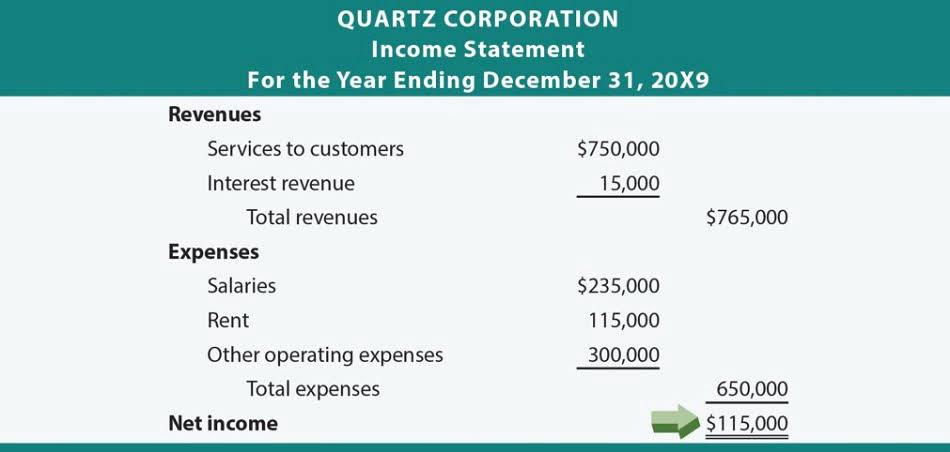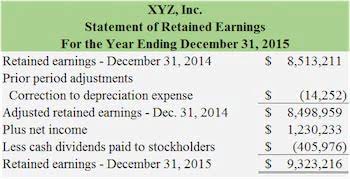The image below is the SOA of a nonprofit organization in Washington, DC, called Freedom House (2015). The organization performs research and supports democracy, political freedom, and human rights. Initially founded in October 1941, the organization describes itself as a clear voice for freedom and democracy worldwide. For example, among the nonprofit reporting standards laid down by the Financial Accounting Standards Board is FASB 117, which calls for a functional classification of expenses. It details how your organization’s resources have changed, covering funds raised, expenses paid, and the resulting net change in assets. Your organization must also list expenses on your Statement of Activities report.
Demystifying Nonprofit Financial Statements: Complete Guide
Many of these statements are similar to what for-profit businesses file, but some significant differences exist. Sharing these financial statements with donors is one of the best ways to ensure transparency and build trust. Nonprofit financial statements aren’t just helpful – they’re required by the IRS.
- Once the conditions are met, these assets can be reclassified as unrestricted.
- For any nonprofit, effectively and ethically managing expenses is crucial to both executing the mission and upholding public trust.
- If your nonprofit provides and charges people fees for their services, you can also report this revenue on your Statement of Activities.
- The Statement of Financial Position, also known as the balance sheet, provides a snapshot of an organization’s financial health at a specific point in time.
- Conversely, if a project does well, the organization can invest more in it and apply the insights to other projects.
- Revenues are often divided into various streams such as contributions, program service fees, and investment income.
Statement of Activities for a Nonprofit Organization
For instance, a grant designated for a specific program must be reported as temporarily restricted until the program’s objectives are met. This level of detail not only aids in internal financial management but also provides donors with confidence that their contributions are being used as intended. A Statement of Activities details financial performance on nonprofit organizations throughout a fiscal year. It contains data on operating earnings, operating costs, non-operating revenues and expenses, and changes in net assets. Pledges, accruals (non-cash, long-term liabilities), depreciation, and subsidiary income and expenses are all included in this report.
How is a nonprofit financial statement different from a for-profit’s financial statement?
To continue fulfilling your essential role in the community, you must meet IRS reporting requirements, build donor trust, and make informed decisions that contribute to your overall financial sustainability. Nonprofits have a primary responsibility to the Internal Revenue accounting services for nonprofit organizations Service (IRS) and their donors when filing and sharing financial statements. Organizations must follow basic accounting practices when filing these statements and find ways to share these details in ways donors can understand. Overall, the statement of activities is an essential tool for nonprofit leaders. By understanding its contents, you’ll be better positioned to sustain your organization in the long term. The Foundation determined that it could fund its current operating budget for the upcoming year by increasing donations from individuals and businesses.
The first and most desired financial statement is the statement of financial position. Nonprofits use this statement to share what their organization owns and what it owes. They help board members better understand your nonprofit’s capacity for growth, too. Finally, they also enable leadership to find potential financial opportunities and ways to address financial concerns. Nonprofits must comply with the IRS and file four financial statements to ensure they follow https://greatercollinwood.org/main-benefits-of-accounting-services-for-nonprofit-organizations/ strict nonprofit regulations.
- Ultimately, your nonprofit financial statements are snapshots of your financial health and activities that you can use to improve your decision-making and secure more support down the line.
- Similarly, the amount not yet allocated is not an indication of its current market value.
- Until these conditions are satisfied, the funds are recorded as liabilities rather than revenue.
- Heliconia Scholarship Foundation shares a financial report with its donors instead of an annual report.



















